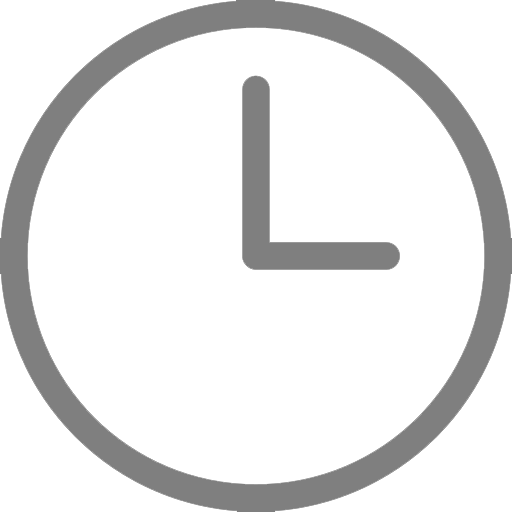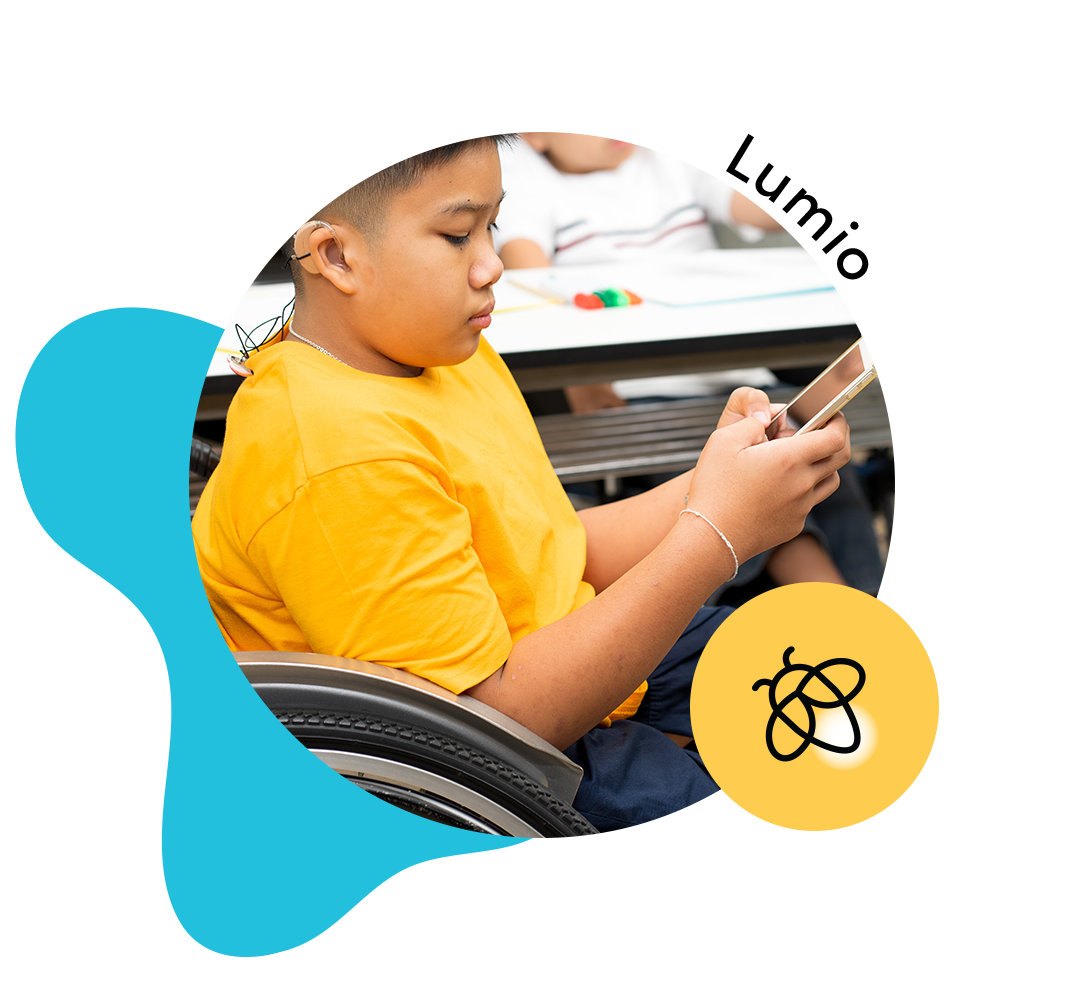Have you ever had a great meal at a restaurant, but the service was so horrible that your entire experience was poor? This simple example illustrates the importance of end to end user experiences. It is not enough to create an excellent product; companies must strive for excellence everywhere users interact with them.
“Everywhere” really does mean end to end. A user’s experience with a product starts when they first see or hear about it and it extends all the way through the end of that product’s life. This is not a new concept. A lot has been written it about end to end customer experiences in the business and design press. Here I offer a perspective from Educational Technology through the lens of the “whole product model” that Regis McKenna introduced, and Geoffrey Moore popularized in Crossing the Chasm.
We buy products for a reason – to accomplish a goal. Moore points out that there is a gap between the often-unwritten promise made to a customer in the value proposition and the ability of the product to deliver it. Companies need to augment that product in several ways to make it “whole” and truly deliver on the product’s promise. And in Ed Tech, as we’ve learned over many decades now, few products are “whole” and really deliver on the promise of Ed Tech: to achieve learning outcomes.
In Moore’s model, there are four aspects to a “whole product”:
- The generic product
This is what you get “in the box.” For example, if you purchase a smart phone, this is the phone itself. - The expected product
This is what you thought you were actually buying – the ability to call someone at the very least. The expected product is the minimum configuration you need to achieve your goal. In the case of a smart phone, you need a cell plan or at least Wi-Fi. - The augmented product
Augmented products are enhanced to give you the maximum chance to achieve your objective. With smart phones, you need email, contacts, a calendar, and much more. - The potential product
Finally, the potential product demonstrates room for growth in the product, making it “whole.” The vast selection of apps for smart phones are one example of how the ecosystem helps improve the value of the product in achieving your goal.
Returning to Ed Tech now, any brand of interactive flat panel is a good example of the generic product. While it should be reliable and high quality, simply mounting it to a wall in front of the classroom will not help much with outcomes.
Adding in software takes the product from generic to expected. This will help teachers achieve engagement in a classroom. As we’ve learned, engagement is necessary, but not sufficient. Ed Tech needs to deliver outcomes.
It usually takes herculean effort from teachers to take the expected product here and achieve outcomes – and it should not. We certainly don’t expect to have to put herculean effort into getting value out of our smart phones. At least not anymore. So, why do so many Ed Tech products force teachers and schools to do just that?
Really getting to learning outcomes requires an augmented product as a start. In education parlance, companies need to provide some “scaffolding” to help teachers get the value out of the smart board. And this is where the end to end experience comes into play. A “well-augmented” smart board will provide everything from onboarding to help teachers see what’s new and how to start using it all the way through to a robust support system for times when they need a little extra help.
All of us at SMART work very hard to bridge this gap. As an example, my UX team works hard to create frictionless, end-to-end user experiences that employ best practices in onboarding, such as creation wizards that allow teachers to create gamified activities in under 5 minutes. Our support team works to ensure that our users can get their questions answered whether on our site or calling in. Our efficacy team works tirelessly with schools to ensure that our products do meet our users’ needs and truly deliver outcomes. And as a company, we are “doubling down” on how we augment our products so that we drive toward our vision to *really* deliver on the promise of Ed Tech to our users.
Finally, the potential product of a smart board goes beyond simply providing apps. It involves integration inside the classroom and outside of the classroom. It ignites the ecosystem of educators to help each other deliver outcomes.
We’ve taken a key step here in integrating “inside the classroom” by enabling mobile devices, laptops and the SMART board to all communicate with each other and allow both teachers and students to share or drive. As an example of integrating “outside the classroom”, we are investing heavily in content that educators will be able to share along with how they were able to achieve outcomes. These are just a few examples of how the potential of the product can be expanded well beyond the board. The more we do this, the more we get to essence of the “whole product” envisioned by McKenna and Moore and the more we get to full end to end experiences.
In Crossing the Chasm, Moore demonstrates that users who are least in need of the whole product are technology enthusiasts or “early adopters.” Most teachers don’t have time to be early adopters of Ed Tech, and they shouldn’t have to be. As product designers, developers, and marketers, and as the Ed Tech industry, it is our job to augment our products and create the kind of end to end experience that really helps teachers achieve their goal – learning outcomes.







